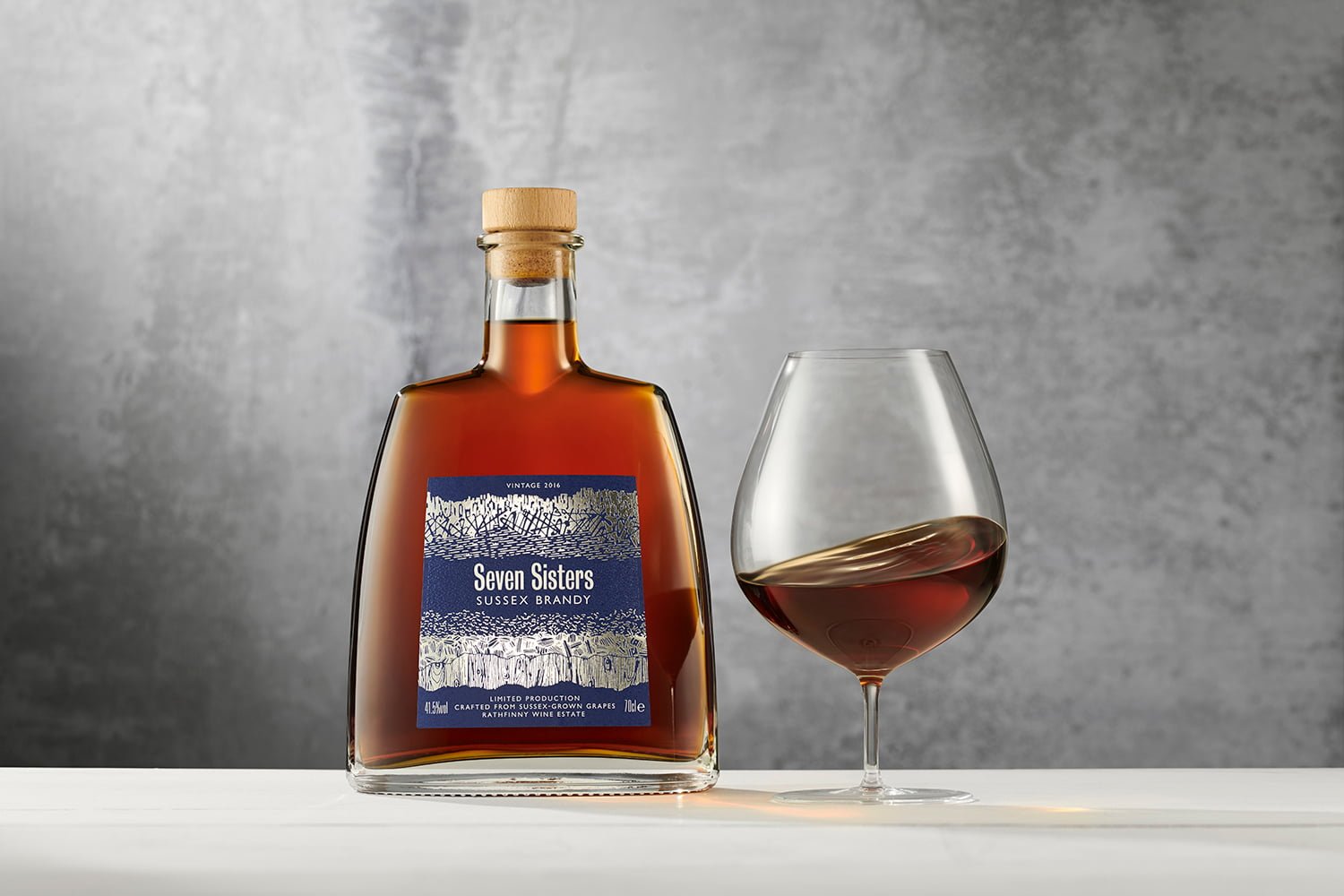
If you’ve ever bought anything online (who hasn’t?), you’ve probably spent a decent amount of time looking at the product photos while making your decision. And you’re not alone. 75% of online shoppers look at product photos first and over 80% say product images have the biggest influence on buying decisions. Not only that but the quality and variation of product shots affect sales and returns.
But enough of the statistics.
If you’re an e-commerce brand or store trying to level up your product photography, it’s tricky to know where to start. There are loads of terms and phrases associated with product photography that you might not know but come in really handy when you want to hire a professional product photographer.
Luckily this guide will take you through them all. We’ll kick off with some more general photography terms and then dive into product-specific ones. By the end of this quick terminology guide, you’ll know your flat lays from your scale shots and be well prepared to work with a product photographer to get product photos that turn browsers into buyers.
Featured image by Robin at Studio Dog, a Sussex-based product photographer.
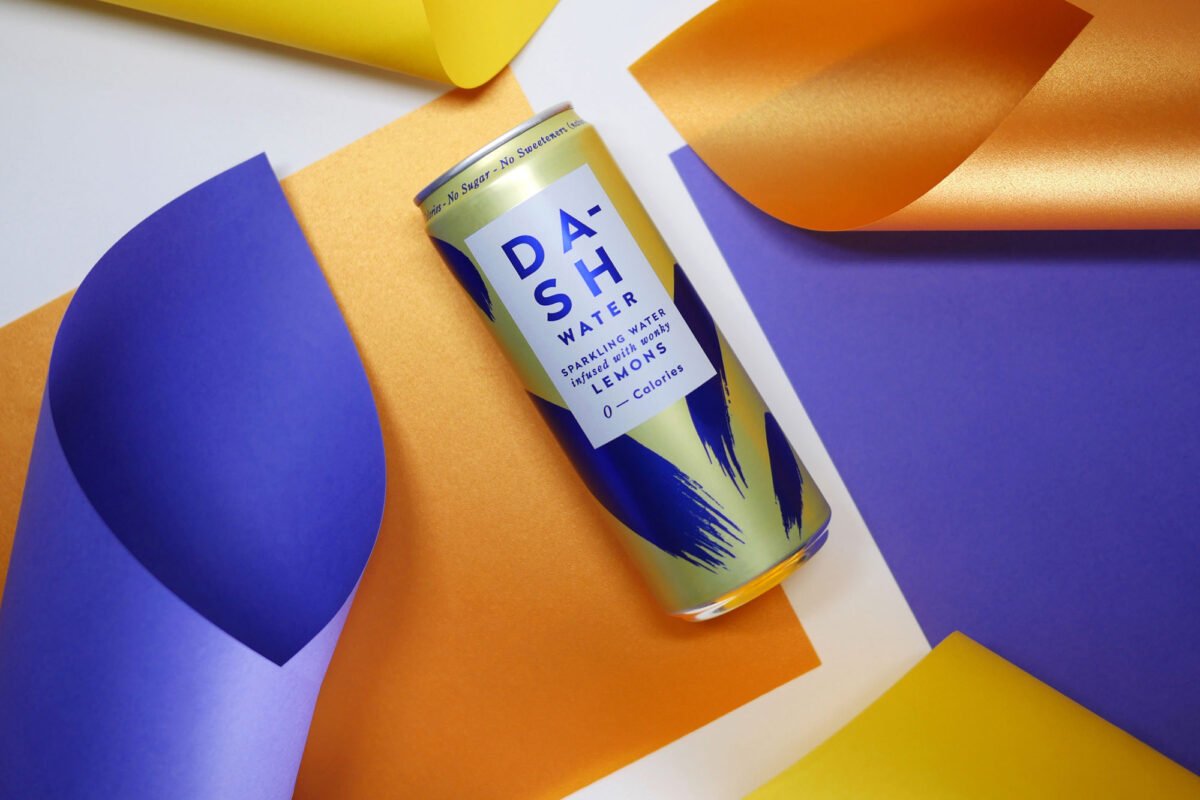
Before we dive into the more specific product photography terms, it’s a good shout to get familiar with some more common photography terms. These are the lingo that professional photographers use daily so it’s helpful to have a rough idea of what they mean when you’re working together.
Here’s a quick guide to some key photography terms:
Now that you’ve got these basics down, let’s dive into some product-specific terms that will help you nail your next shoot.
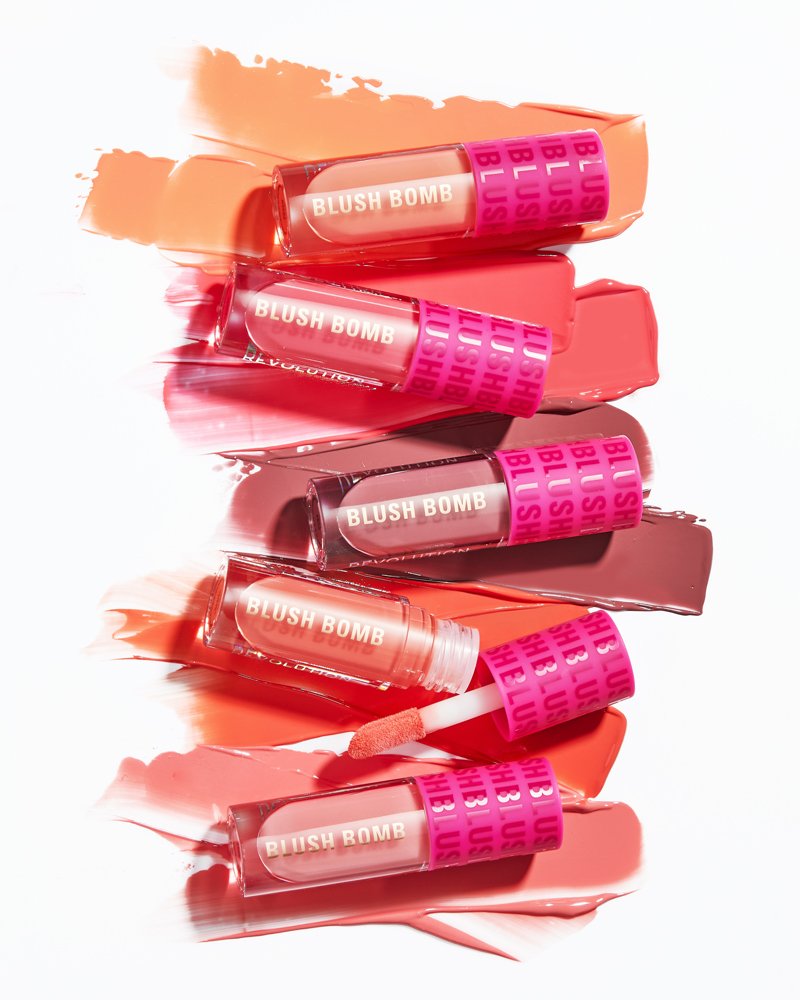
When it comes to showcasing your products, there’s no one-size-fits-all approach. Different types of shots serve different purposes, helping you to highlight various aspects of your products and tell your brand’s story.
Here’s a breakdown of the main types of product shots a photographer will recommend for e-commerce brands:
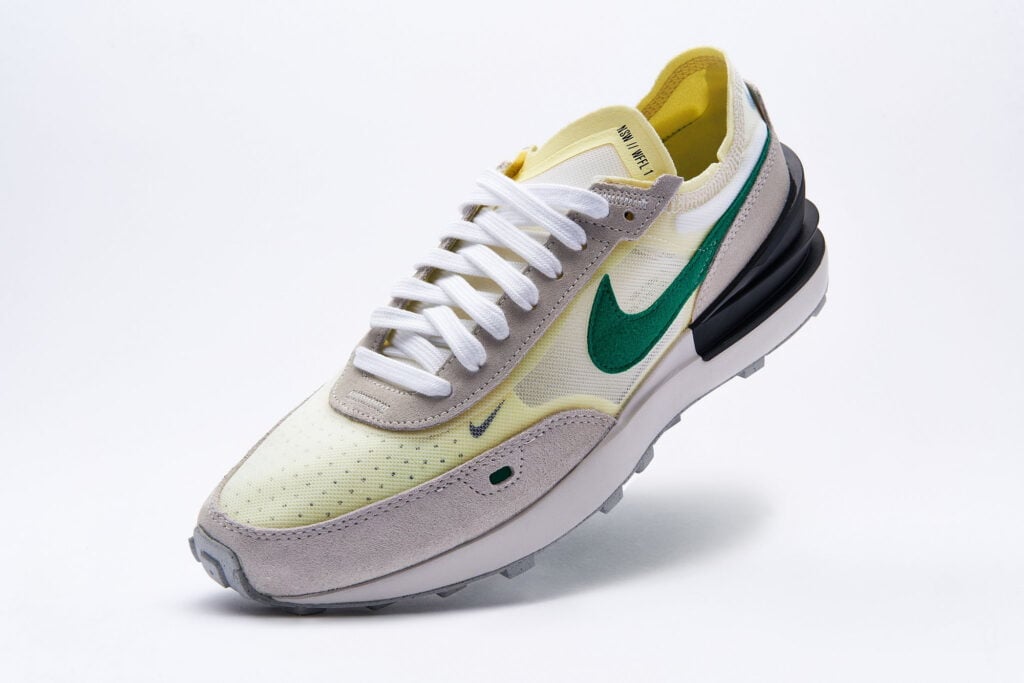
A white background shot like the one above by Kan Lailey is a classic in product photography. It’s all about keeping things simple and clean, with nothing to distract from the product itself. These shots are perfect for e-commerce, giving customers a clear and accurate look at what they’re buying. The white background lets the product’s colours and details pop.
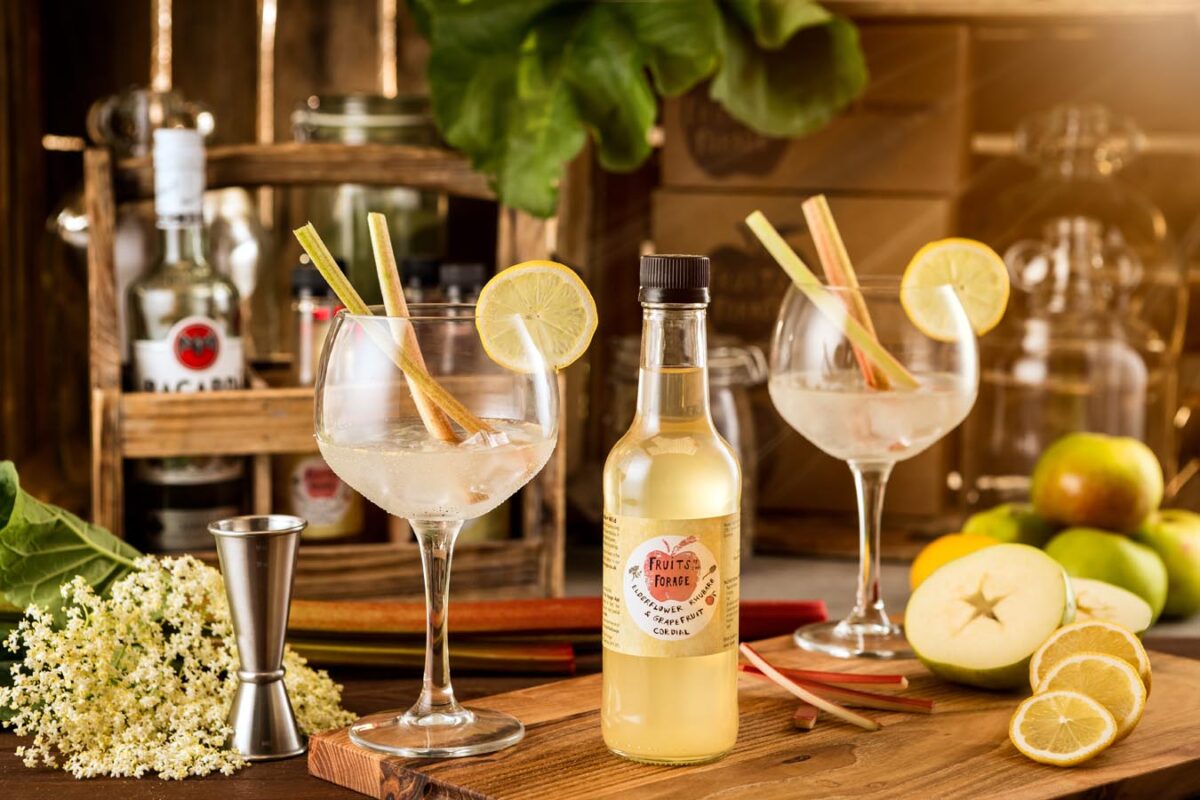
Contextual shots put your product in a setting where it would naturally be used. Think of a coffee maker on a kitchen counter or a mixer on a drinks station like the shot above by Marcin at Vivid Flow Studio. These shots help customers imagine your product in their own lives, making it feel more relatable. They’re great for social media, product pages, and anywhere you want to give a bit more context to your product.
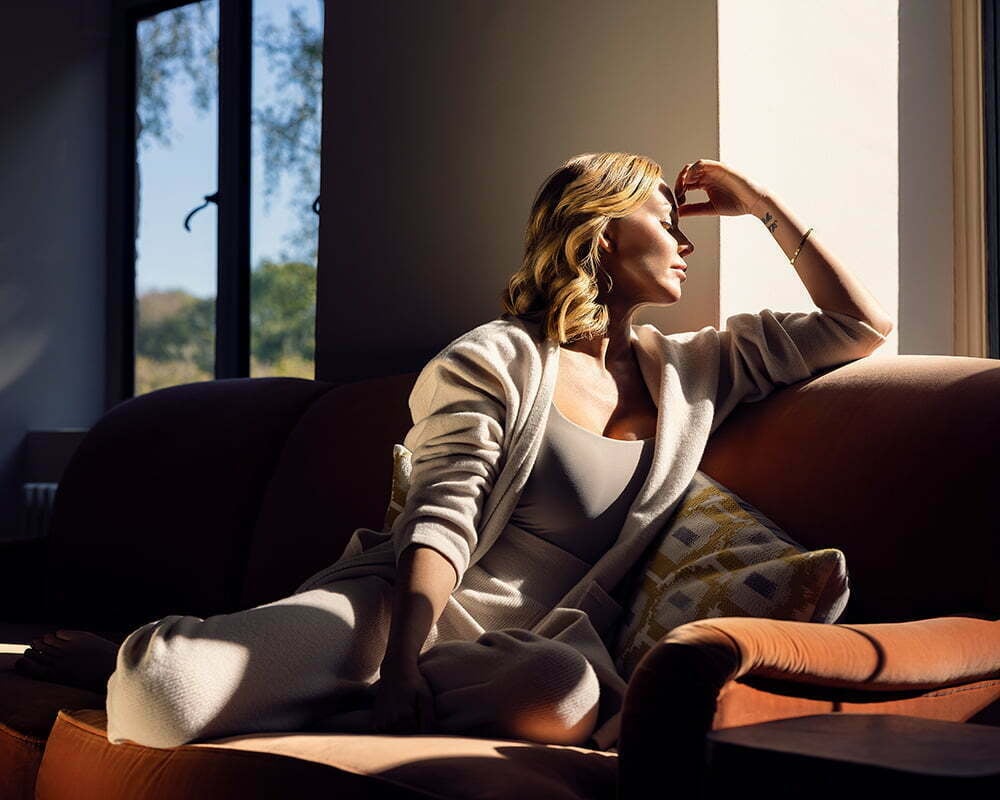
Lifestyle shots take things up a notch by showing your product in action — usually with people involved. These images are all about telling a story — whether it’s someone wearing your brand’s clothes like in the shot above by Steve Krait or enjoying a cosy evening on your brand’s furniture. Lifestyle shots are an easy way to connect with your audience on an emotional level and show the value of your product.
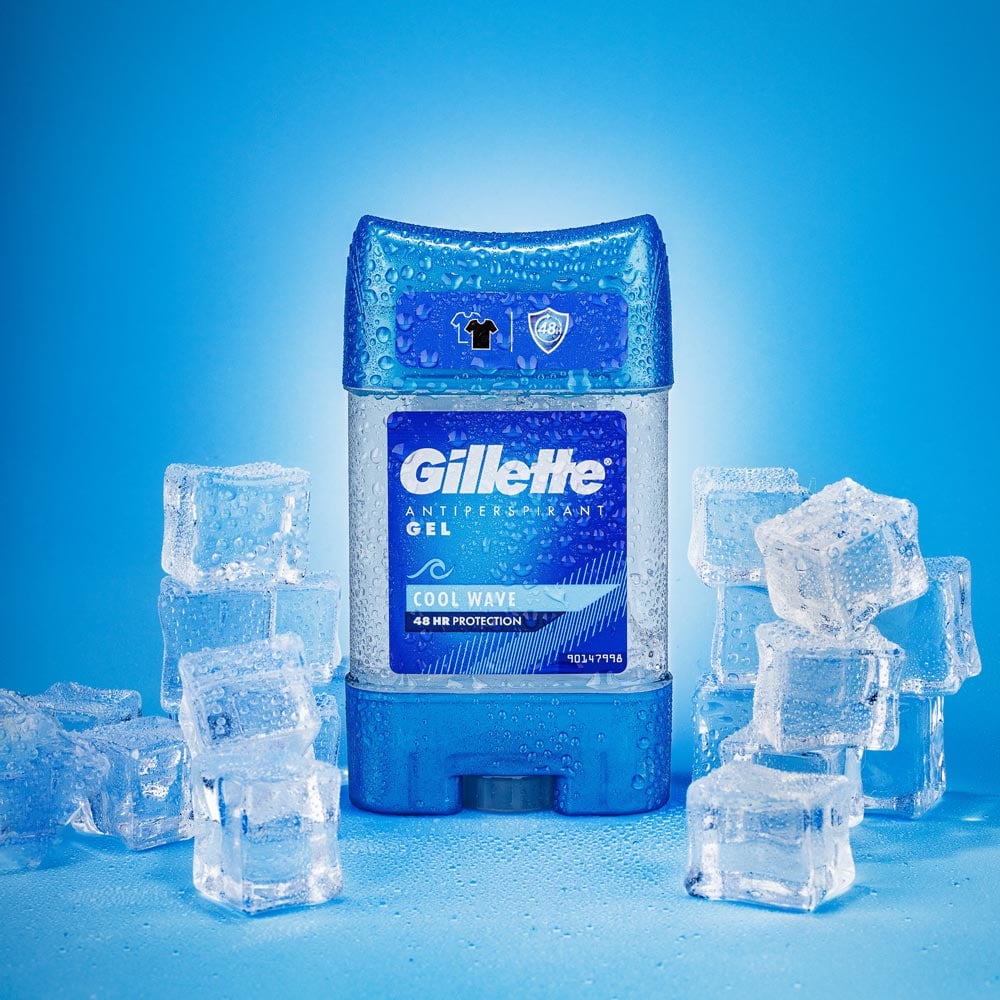
One of the trickiest parts of online shopping is figuring out the size of a product. Scale shots like the one above by Martin at Producto Media make this easier by showing your product next to familiar objects, giving a clear sense of size and proportion. Whether it’s a handbag beside a chair or a toy in a child’s hand, these shots help manage expectations and reduce the chances of returns.
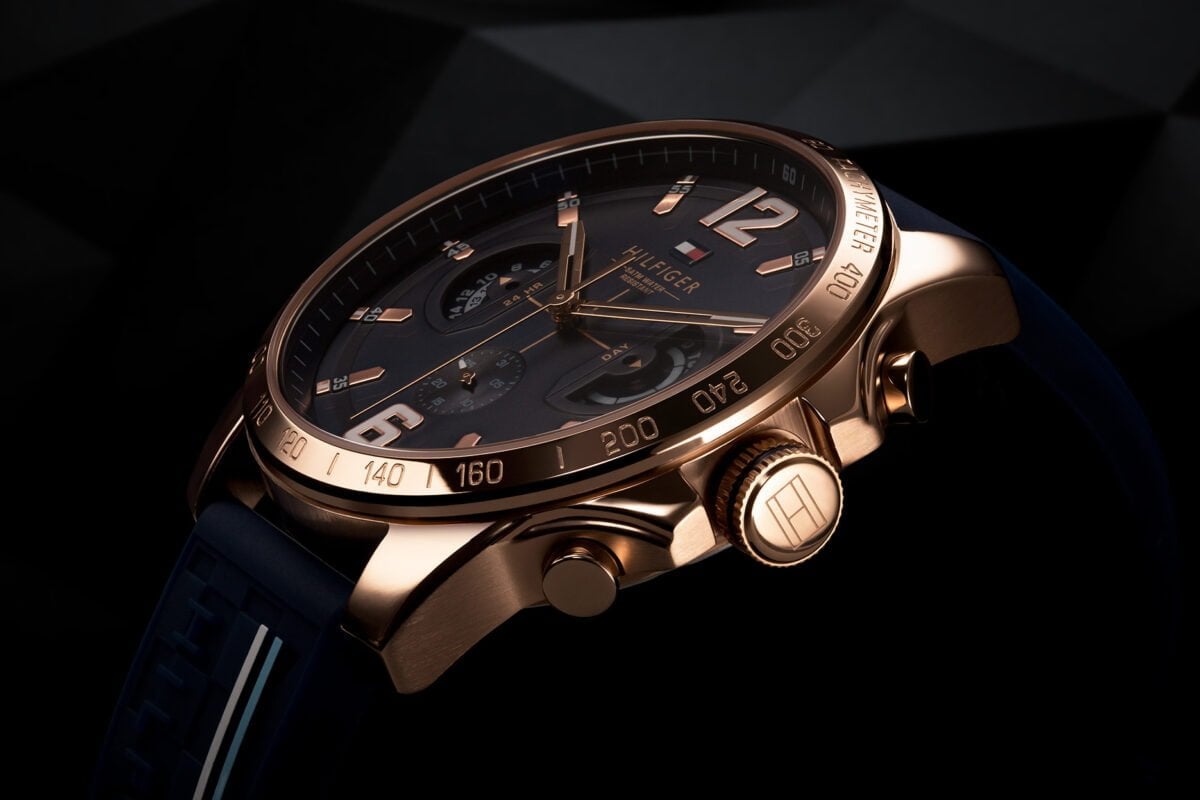
Detailed shots, or close-ups, zoom in on the finer aspects of your product like in the watch shot above by Stefan Oprea. These images focus on textures, stitching, materials, or any unique features that might get lost in a wider shot. If your product has intricate details or craftsmanship, these shots are key to showing off its quality and making sure customers see what sets it apart.

Flat lay shots are all about arranging your product (and maybe a few complementary items) on a flat surface and photographing them from above — like the shot above by Kate.Wphotography . This style is super popular for showcasing collections—like a complete outfit, a set of tools, or a range of skincare products. Flat lays are perfect for creating a polished, curated look on your website or social media.
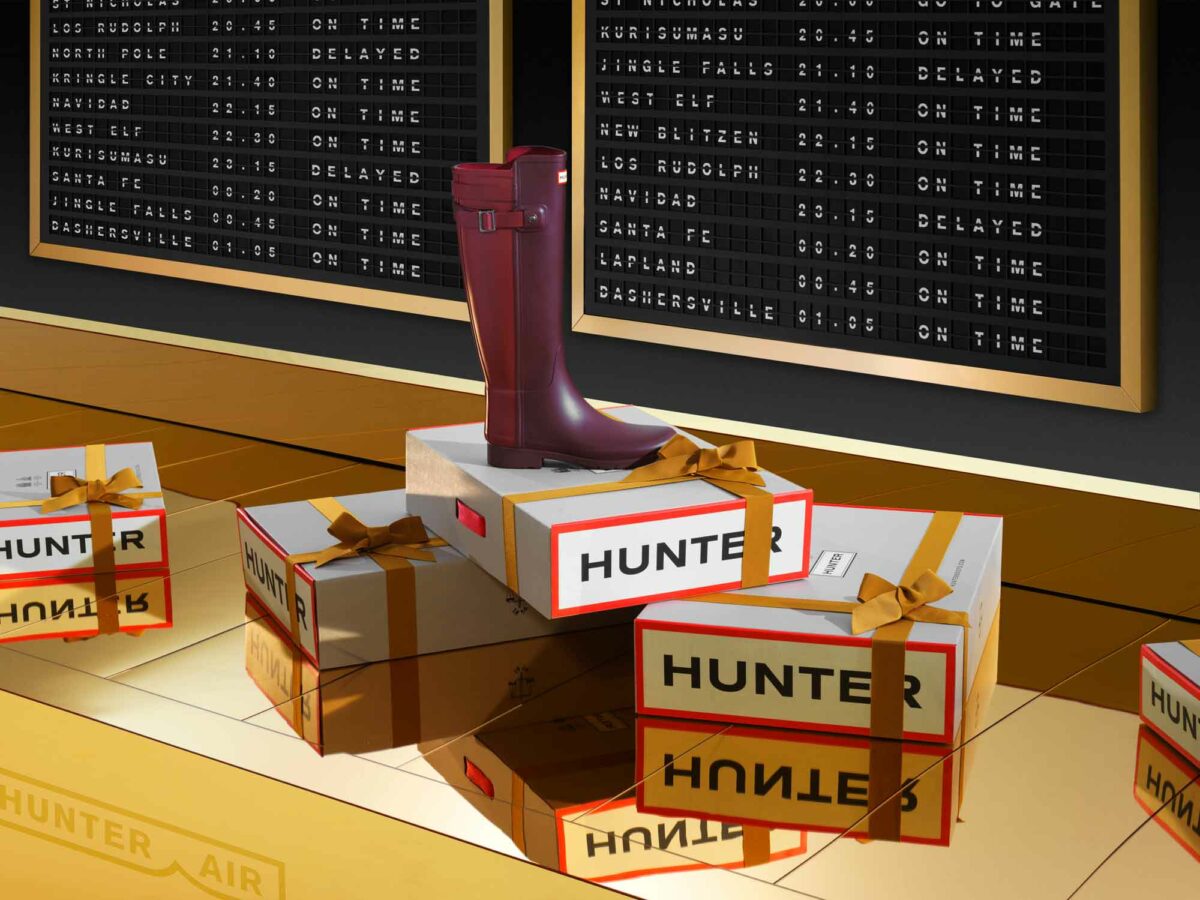
Packaging shots focus on how your product is presented. If your packaging is a big part of your brand identity like the Hunter branding in the shot above by Simon Vinall, or if you want to highlight eco-friendly materials or a special unboxing experience, these shots are a great idea. They show the care that goes into every detail, making them great for marketing and branding.
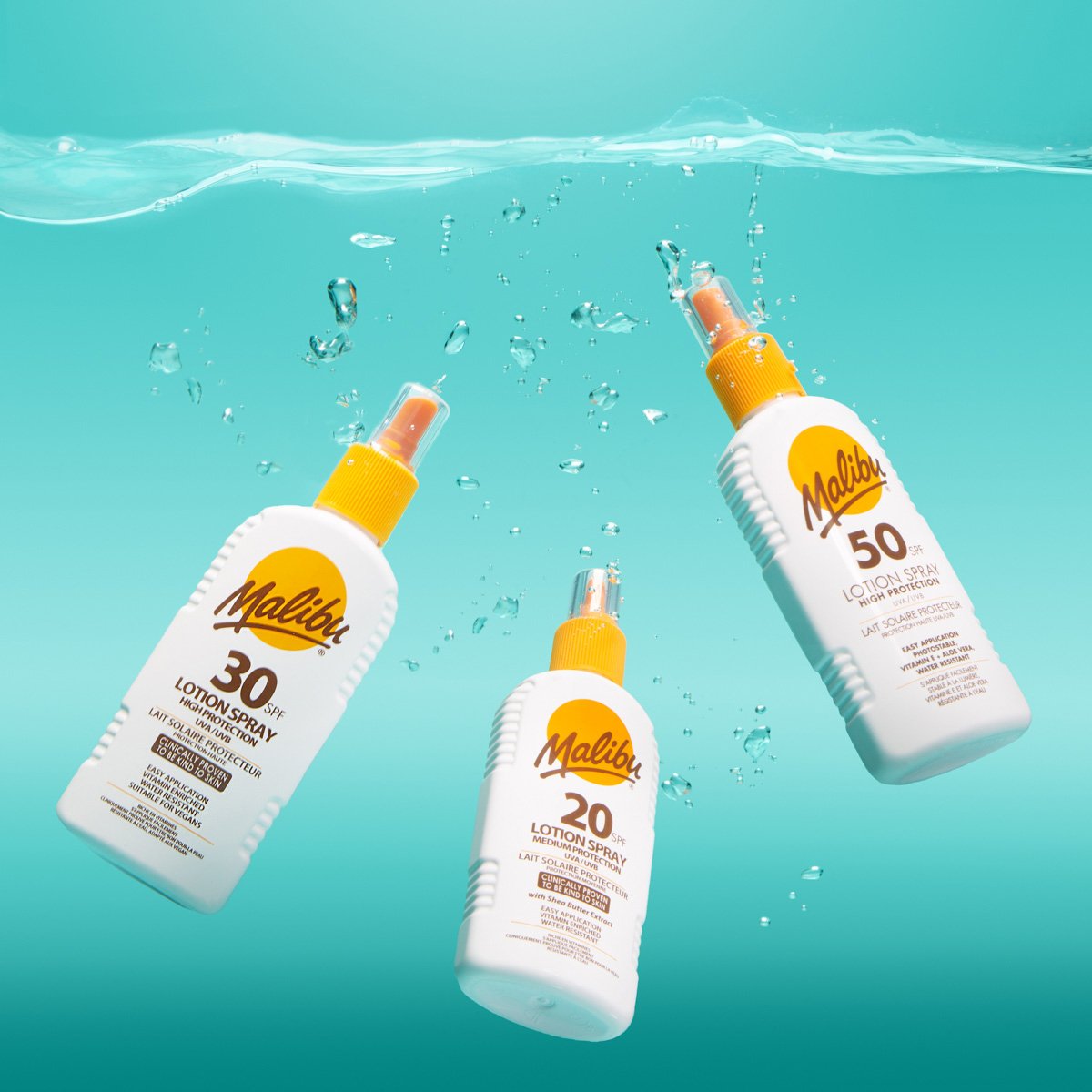
Group shots bring together multiple products in a single image like the one above by Francesca Poncetta. They’re good for showing off bundles, collections, or different variations of a product, like colours or sizes. Group shots can also highlight products that go well together, encouraging customers to buy more than one item.

If you’re feeling like that’s quite a bit to remember, don’t panic. Just having a rough idea of product photography terminology and the different types of shots put you at an advantage. (And you can always come back here for a quick refresh.)
But not only that, working with a professional photographer means that you’ll work together to get photos that match up with your brand and stand out to your customers. Your product photographer will make sure that by the end of the shoot, you’ve got loads of fantastic photos to use on product pages, social media and in ads.
If you’re looking to take your e-commerce brand to the next level with professional product photos, start looking for your photographer today. With Photographer for Hire, it’s simple, you simply:
Once you’ve contacted them and arranged a shoot, you’ll be well on your way to product photos that can only be described as 🔥.
Good luck with your shoot!